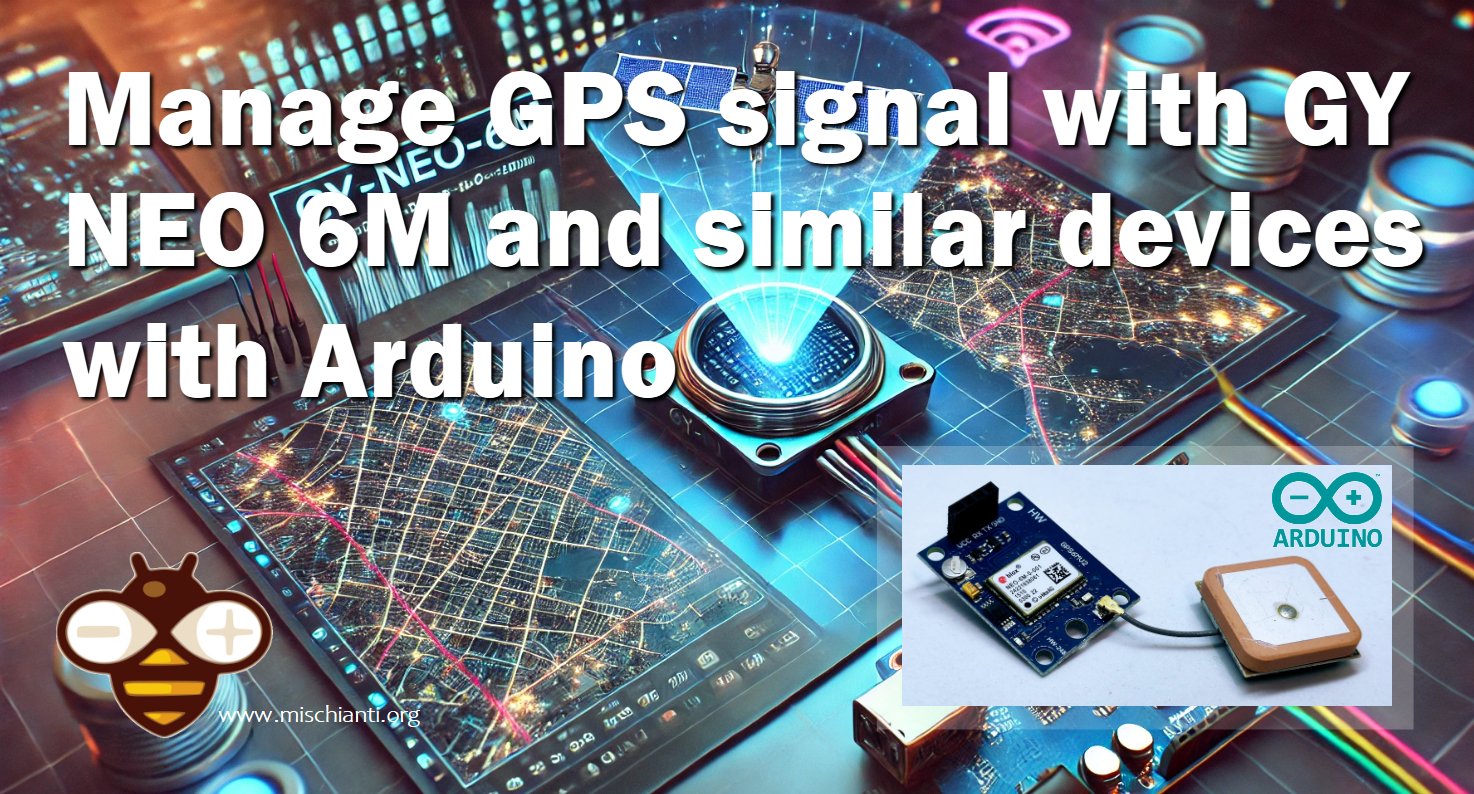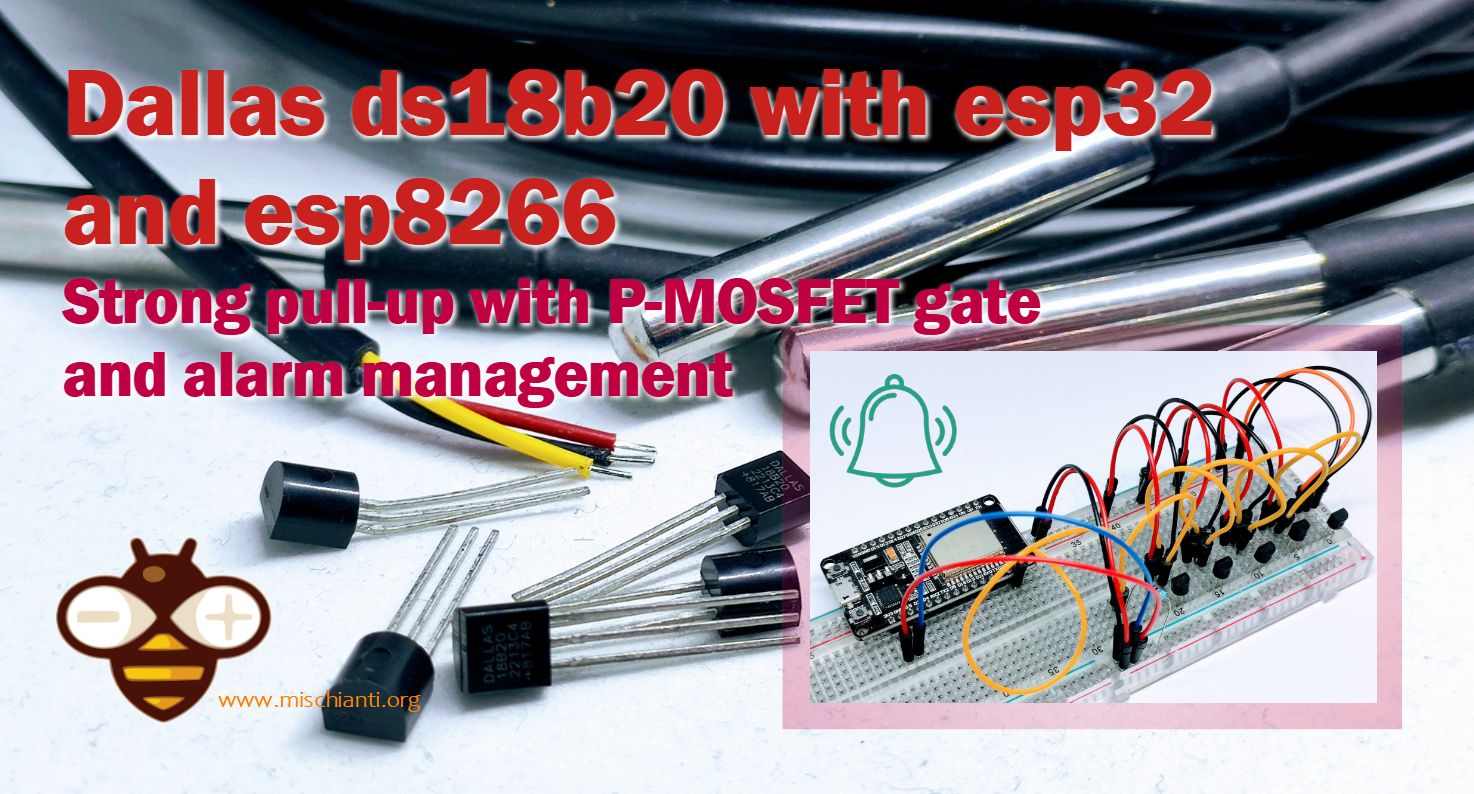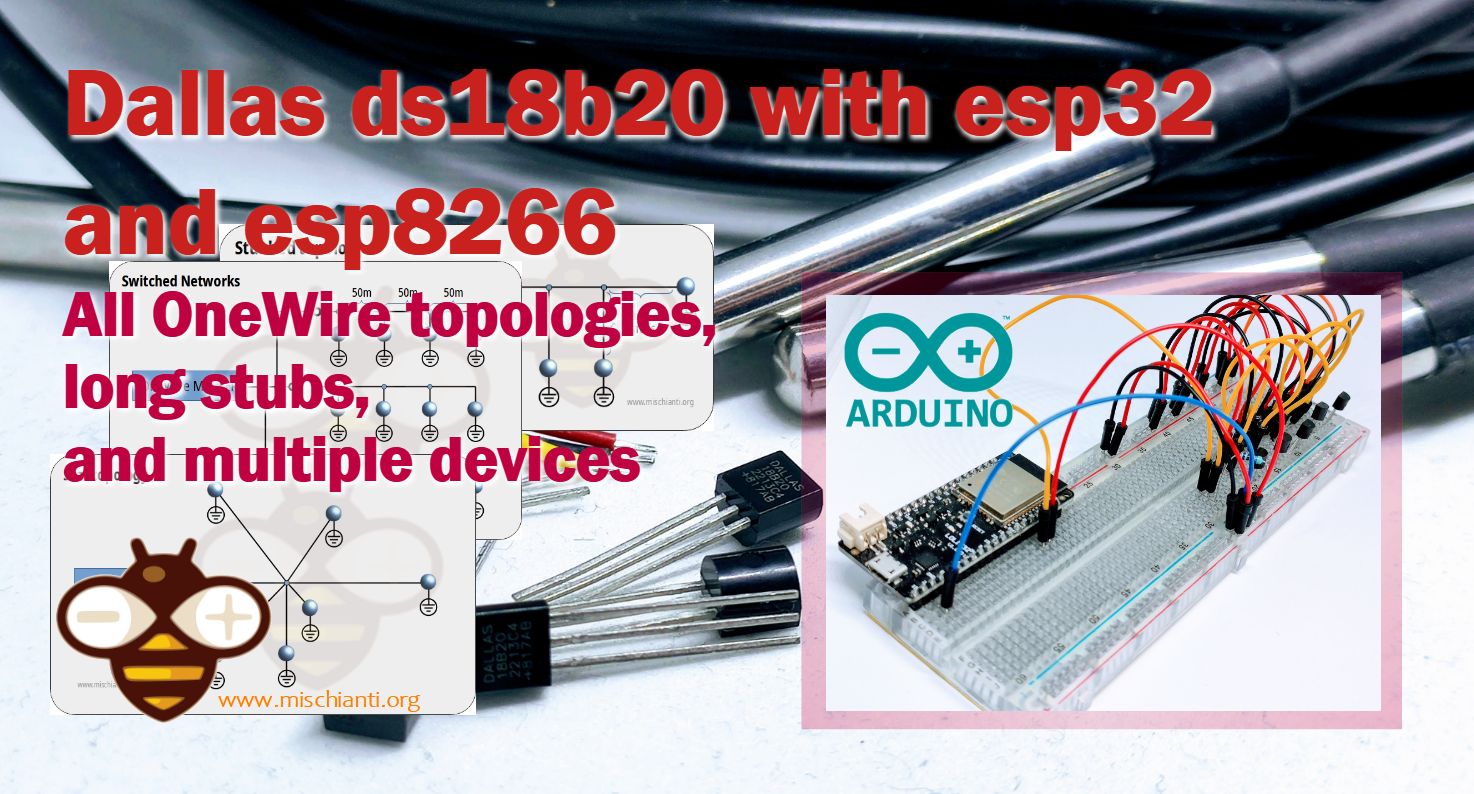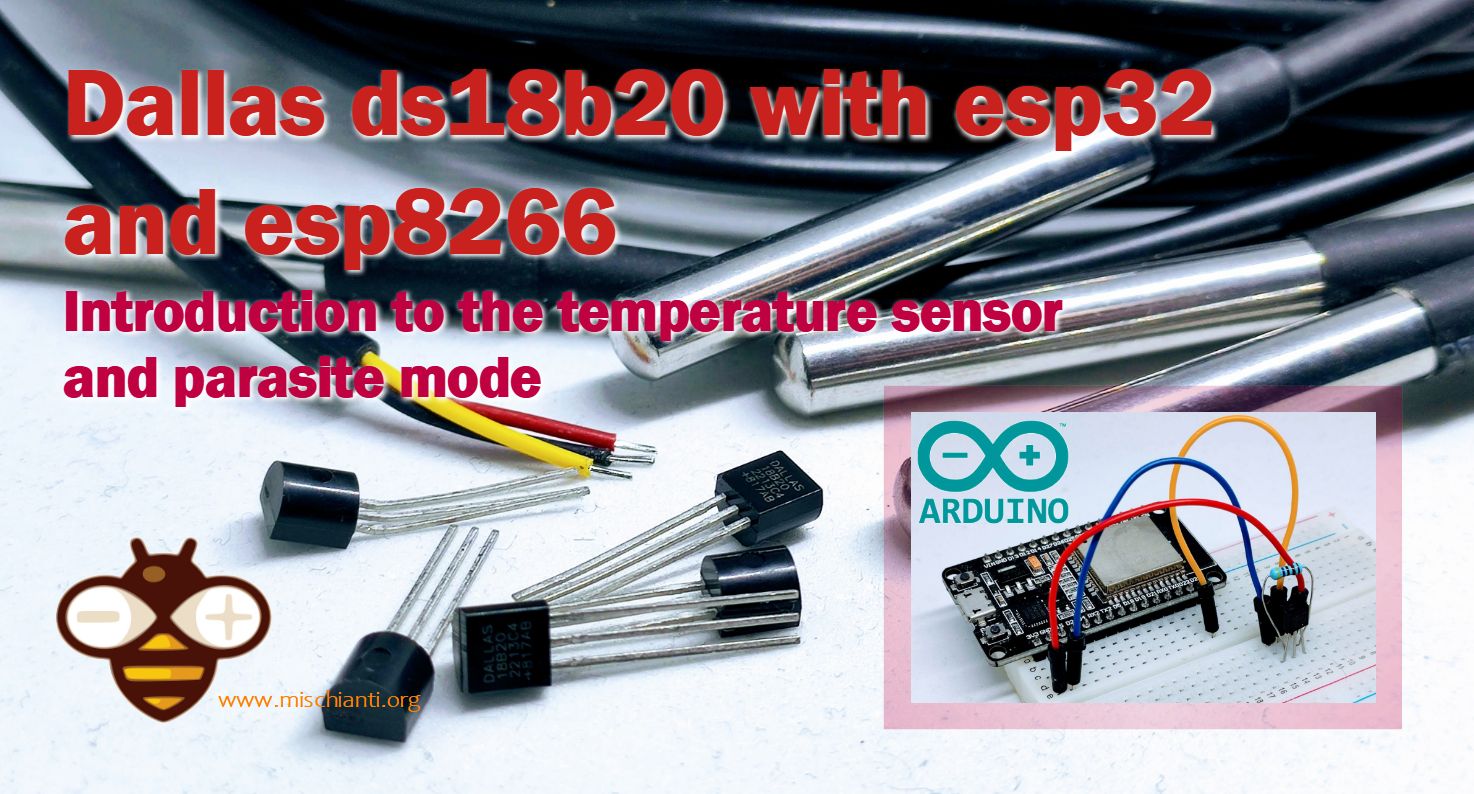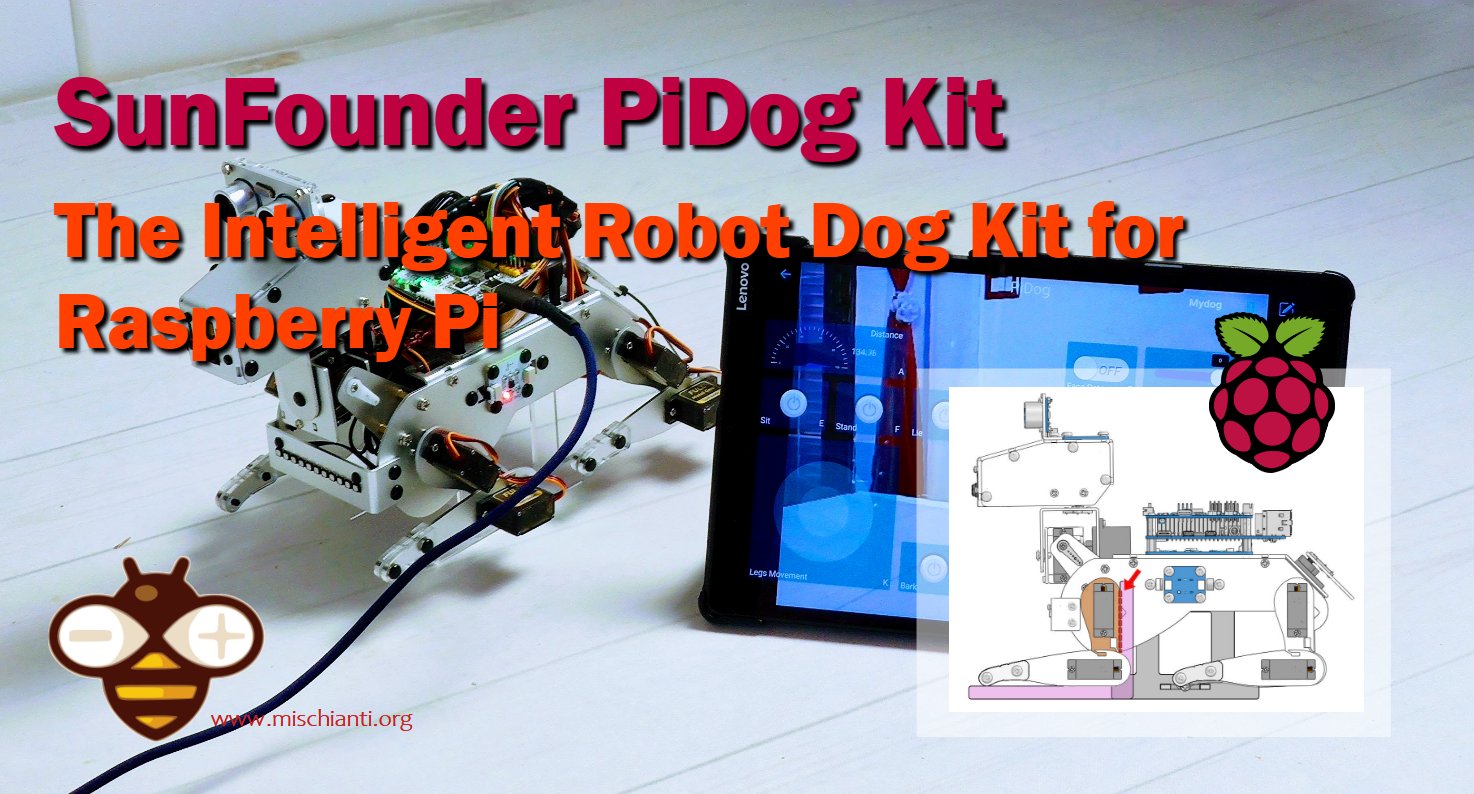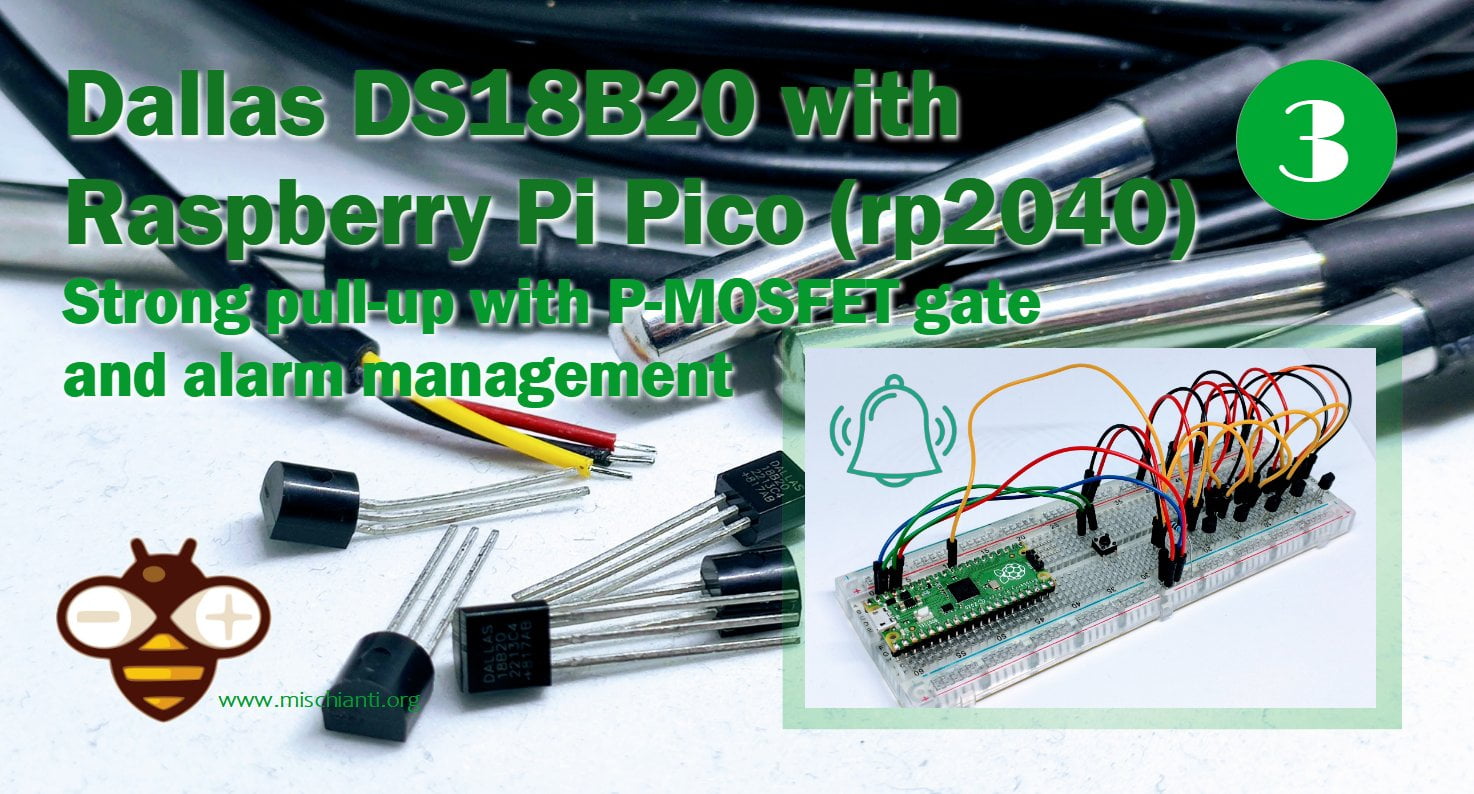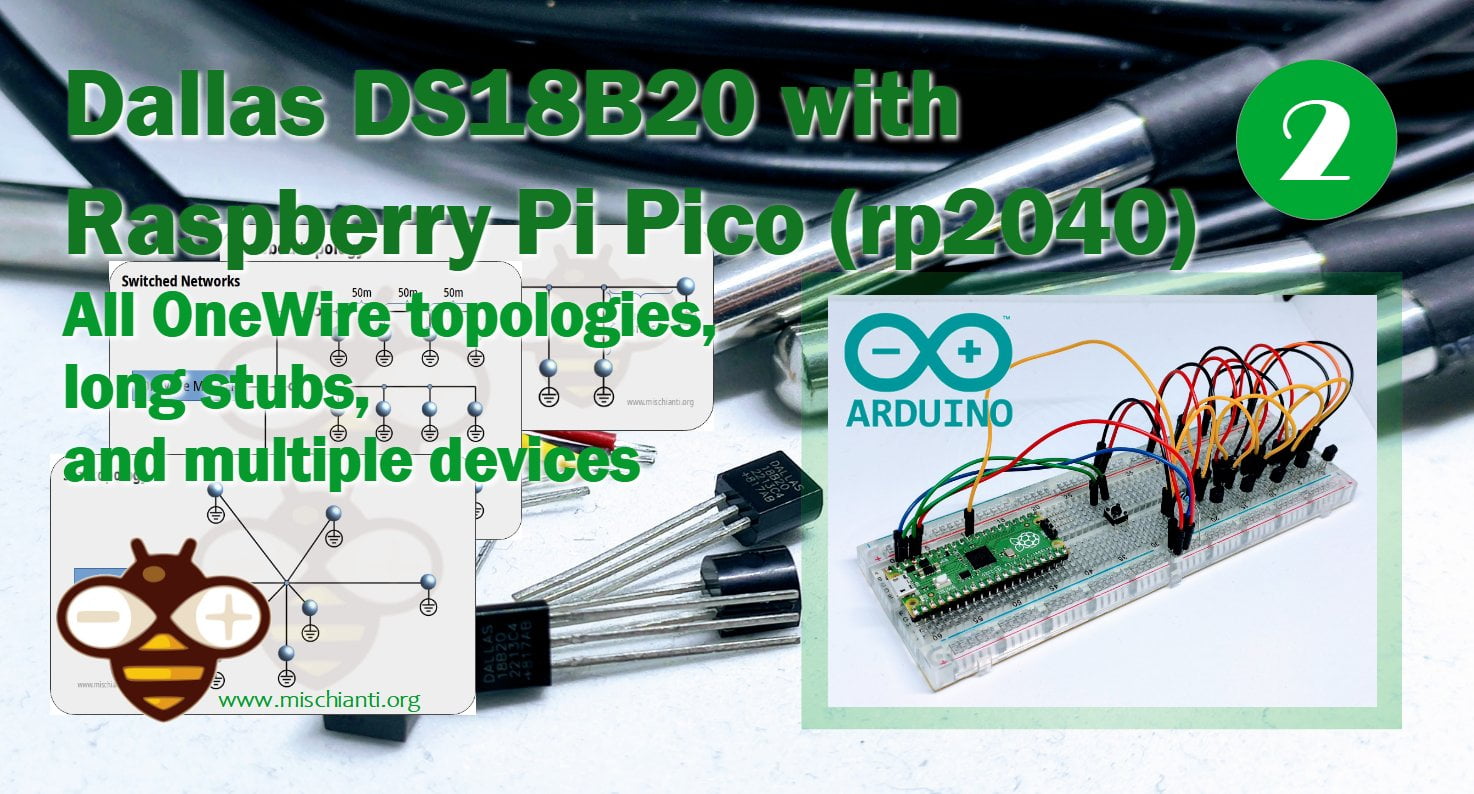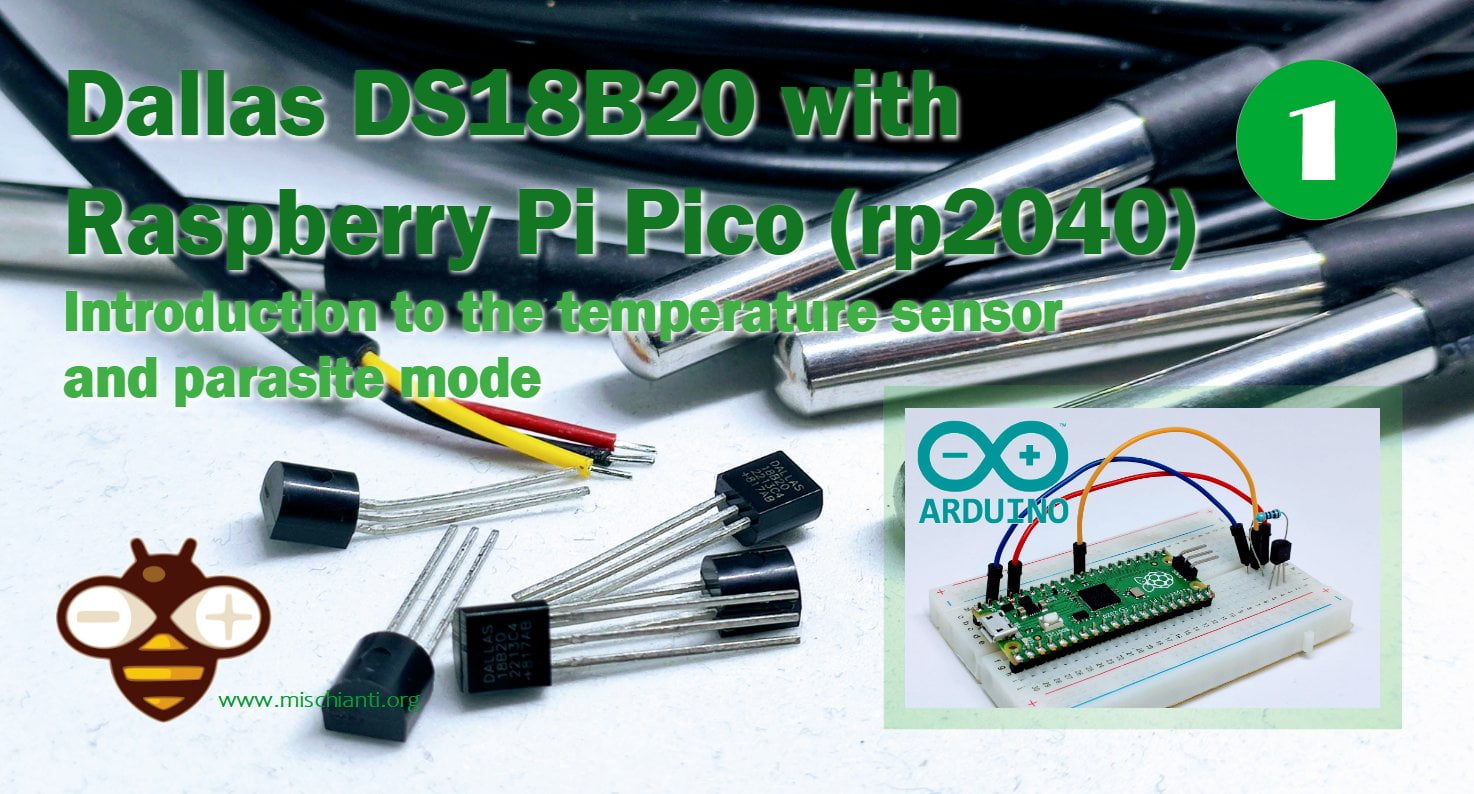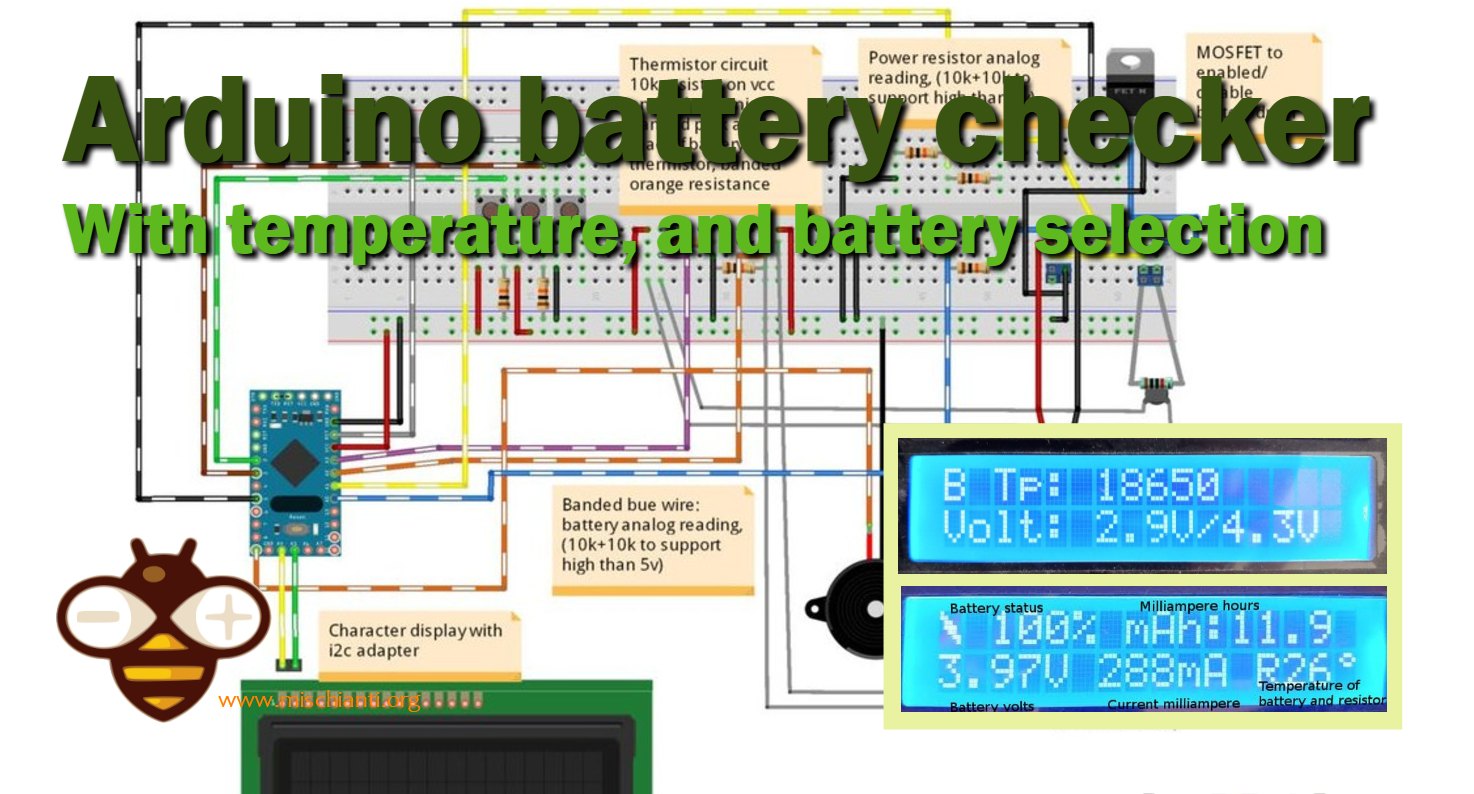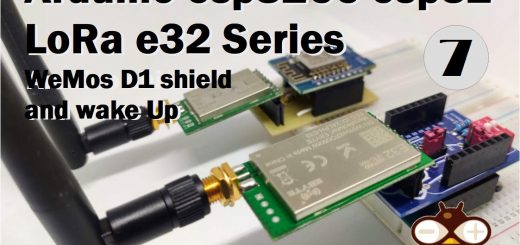Arduino: manage GPS signal with GY NEO 6M and compatible devices
Learn how to harness GPS with Arduino and the GY-NEO-6M module. This article explains wiring, reading raw NMEA data, and using the TinyGPSPlus library for effective positioning and tracking. Whether for a tracking system or finding lost items, you’ll get practical examples and clear guidance.

